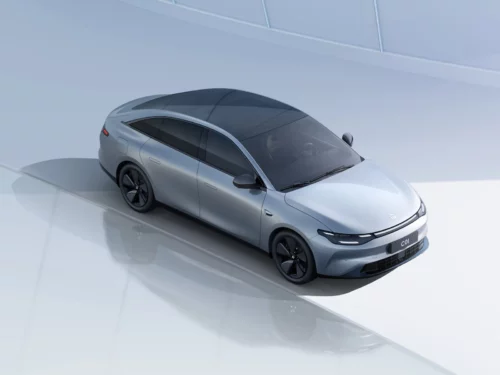Auto companies are designing ways to build a car’s fuel cells into its frame, making electric rides cheaper and more roomier.
Weight is one of the most affecting factors in automobile manufacturing. Batteries are exceedingly heavy and dense and with the EV future, the question of battery’s added mass stands across the board. What if we could integrate the battery into the structure of the car where the cells could serve for powering the vehicle as well as serve as its skeleton?
The new structural designs coming out of companies like Tesla and Chinese companies such as BYD and CATL, can change the way EVs are produced and even increase vehicle ranges while decreasing manufacturing costs.

Euan McTurk, a consultant battery electrochemist at Plug Life Consulting says, “The ultimate battery pack would be one that consists of 100 percent active material. That is, every part of the battery pack stores and releases energy.”
McTurk explains: “Integrating cells into the chassis allows the cells and the chassis to become multi-purpose. The cells become energy-storing and structurally supporting, while the chassis becomes structurally supporting and cell-protecting. This effectively cancels out the weight of the cell casing, turning it from dead weight into something valuable to the structure of the vehicle.”
The technology may sound to consume years for practical applications, a Chinese EV startup Leapmotor claims to be the first company to bring a production car featuring cell-to-chassis technology to market.
Using proprietary technology, which the company has offered to share for free, Leap’s C01 sedan offers superior handling (the better weight distribution of cell-to-chassis designs might account for this), slightly longer range, and improved collision safety.
Yet a question arises for the researchers, replacing faulty cells will be far more difficult in a cell-to-chassis housing, as each cell will be an integral part of the car’s structure. So what happens when the car is scrapped? Currently, modules can find their way into many second-life applications, but McTurk believes the larger battery sizes in cell-to-pack and cell-to-chassis designs may limit them to grid-storage applications.






